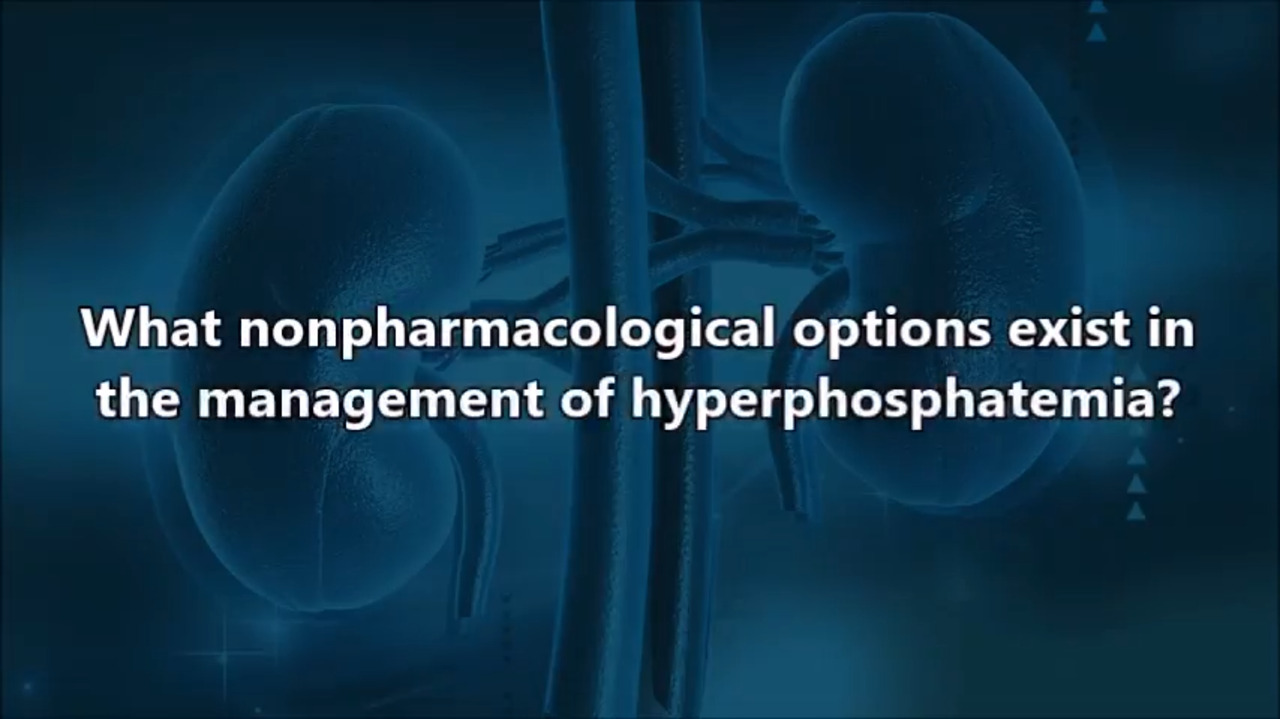Hyperphosphatemia Management Video Perspectives
VIDEO: Drugs in the pipeline for hyperphosphatemia management
Transcript
Editor’s note: This is an automatically generated transcript. Please notify iwaters@healio.com if there are concerns regarding accuracy of the transcription.
Going back to the tenapanor drug, I'm interested in seeing further studies of how we optimally combine this with phosphate binders. It's a twice-a-day drug, which technically doesn't have to be taken with meals, although in the trials, they tended to give it with the meal. The expectation is that we would combine it with phosphate binders. There's a recent publication by a Japanese group doing that, and they lowered the phosphorus substantially in people who were on binders, but not achieving goal. And they increased the proportion of patients getting to a phosphorus of less than, I think they wanted, less than 6 [mg/dL] from 30% with the placebo pill to about 70% of the patients who added the tenapanor to their binder. So that's really exciting. The next is a drug, which just has a code name, EOS789, which is a pan-phosphate inhibitor. It inhibits NaPi2b and two [inorganic phosphate] PiT transporters, which are all phosphate transporters in the gut. This agent, in at least a phase 1 study, did seem to be pretty effective at lowering the proportion of phosphorus absorbed in meals. We're going to need a lot more data on how tolerable it is and how efficient it really is in improving phosphorus in hemo[dialysis] patients going forward.
And then the third agent is a phosphate binder of the lanthanum type. So, we already have lanthanum carbonate. It’s a pretty potent drug. [There are] a lot of problems with the GI side effects, and the pills are extremely hard and have to be chewed thoroughly or crushed in order to be effective. Another company called Unicycive has developed lanthanum dioxycarbonate. And this is a pill, but it's much more potent and doesn't need to be chewed up to be activated. It's kind of microparticles. And at least in preliminary studies, it looks like it's probably about 40% more potent than our most potent binder right now, which is Velphoro (sucroferric oxyhydroxide, Fresenius Medical Care North America). And conceivably, this would lead to 70% to 80% of patients could literally take just one pill with each meal and have adequate phosphorus control, at least less than 5.5 mg/dL. And that's kind of exciting. I think we need more potent phosphate binders.












